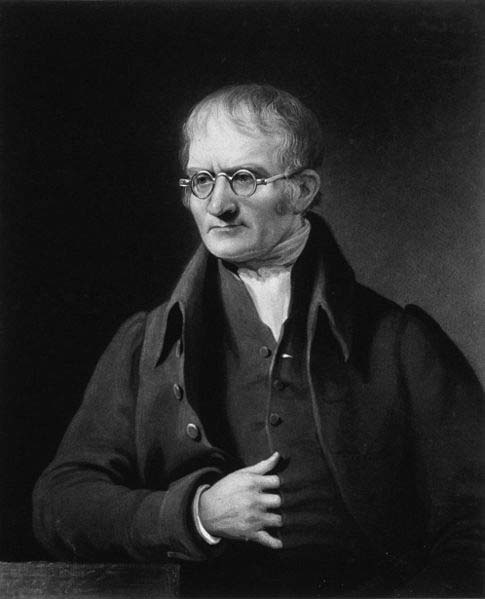Atomic Theory discovery john Dalton
In 1808, John Dalton discovered a way to link invisible atoms together to things that had measurable qualities, such as a mineral’s mass or the volume of a certain gas. In his theory, he stated that elements consist of small microscopic particles that are called atoms. His theory went on to state that a pure element only consists of identical atoms that have the same mass.
Dalton wasn’t the first person to believe that all life was made up of tiny particles called atoms, though. This idea originated in the 5th century in Greece when Leucippus of Miletus, a Greek philosopher of the time, and his student Democritus believed that atoms were too small to be seen. Their theory went on to say that atoms were solid and did not have any internal structure. They also believed that taste, color, and other qualities were made up of atoms.
Aristotle did not agree with the theory that everything was made up of small particles. And since he was such an influential person of his time and even beyond his time, the philosophy of an atomic theory was largely dismissed for several centuries.
Dalton gave credibility to the idea of the atomic theory when he published A New System of Chemical Philosophy. His theory was based on four sides. The first is that atoms composed chemical elements. The second is that the atoms in an element had the exact same weight. Third, the atoms in different elements had varying weights. And finally, atoms only combined in small ratios of whole numbers in order to form compounds. The Greeks had many of these ideas and Dalton built on them. His main contribution to the theory was a way to determine an elements atomic weight. In 1805, he published an essay which included the atomic weights for more than 20 elements. In addition, Dalton is also credited with being the first person to provide standard symbols for recognizing the elements.


Leave a comment